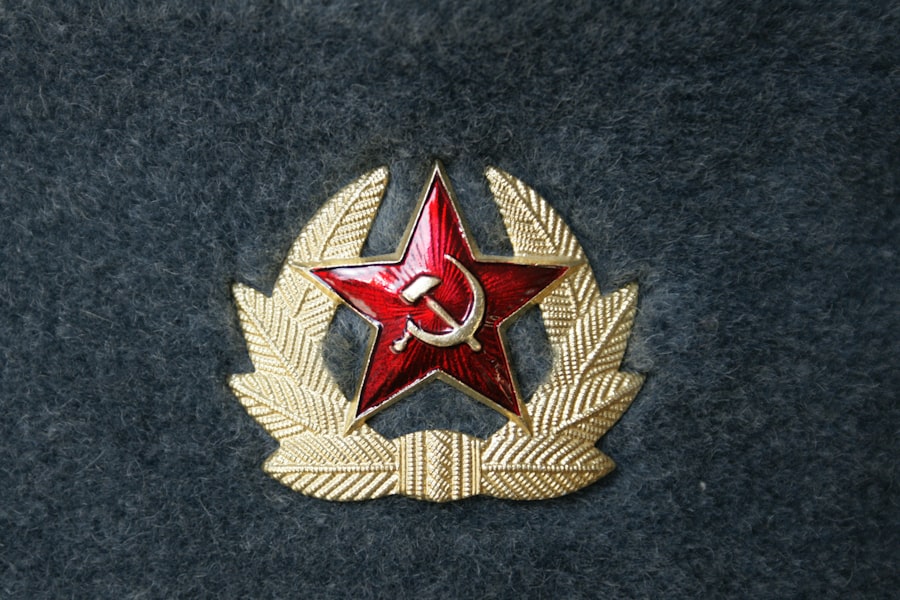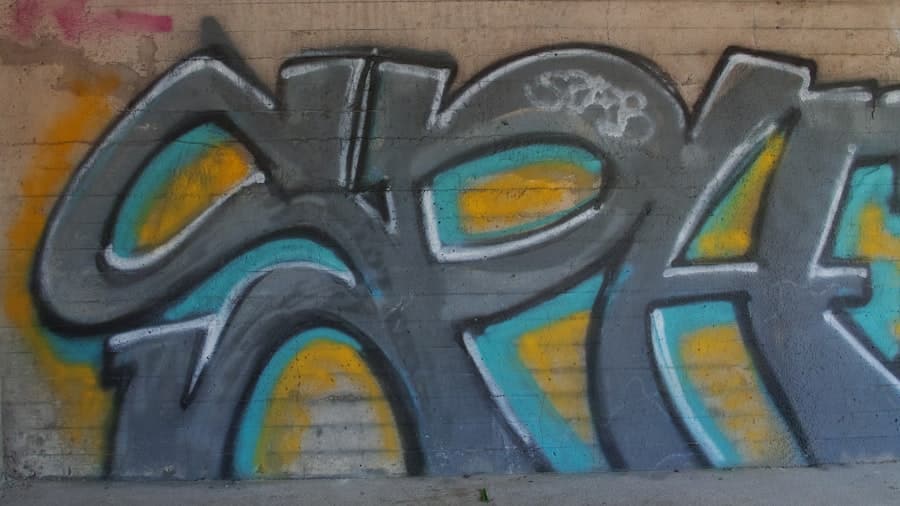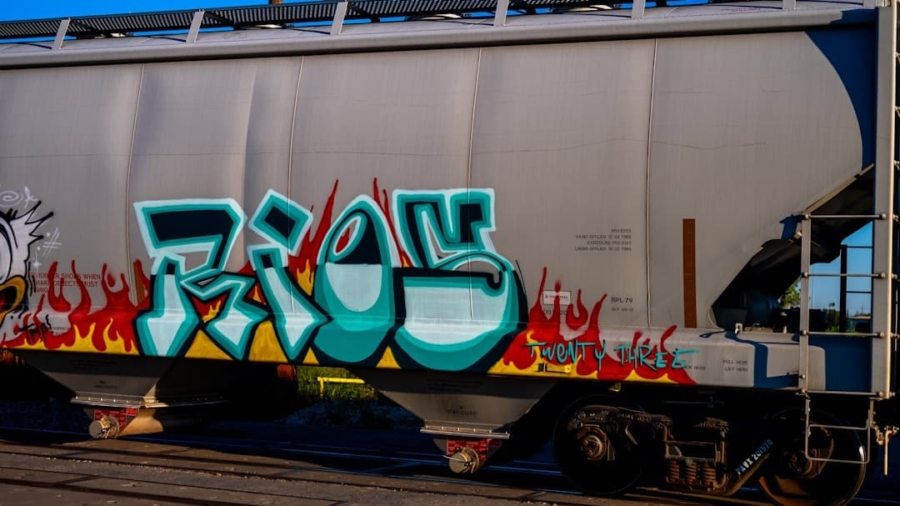Virtual Reality (VR) has emerged as a transformative technology, reshaping various fields, including education. In the realm of history and cultural education, VR offers unprecedented opportunities to engage learners in immersive experiences that transcend traditional pedagogical methods. By simulating historical events, environments, and cultural practices, VR allows students to step into the past, fostering a deeper understanding of historical contexts and cultural nuances.
This innovative approach not only enhances engagement but also caters to diverse learning styles, making history and culture more accessible to a broader audience. The integration of VR into educational frameworks is not merely a trend; it represents a paradigm shift in how we perceive and interact with historical narratives. Traditional methods of teaching history often rely on textbooks and lectures, which can sometimes fail to capture the complexities of human experiences.
In contrast, VR provides a dynamic platform where learners can visualize and interact with historical events and cultural artifacts in a way that is both engaging and informative. This immersive technology invites students to explore the intricacies of different cultures and historical moments, fostering empathy and a more profound appreciation for the diversity of human experiences.
Key Takeaways
- VR has a long history in cultural education, dating back to the 1990s with the development of early VR technologies.
- VR has a significant impact on historical and cultural learning, providing immersive and interactive experiences for students and enthusiasts.
- VR plays a crucial role in preserving and presenting cultural heritage, allowing for the digital preservation of artifacts and historical sites.
- VR is used in historical reenactments and immersive experiences to bring the past to life and engage audiences in a new way.
- Despite its potential, VR in history and cultural education faces challenges such as accessibility, cost, and the need for accurate historical representation.
The Impact of VR on Historical and Cultural Learning
The impact of VR on historical and cultural learning is multifaceted, influencing not only how information is presented but also how it is absorbed by learners. One significant advantage of VR is its ability to create experiential learning opportunities. For instance, students can virtually visit ancient civilizations, walk through the streets of Renaissance Florence, or witness pivotal moments in history, such as the signing of the Declaration of Independence.
Moreover, VR facilitates active learning by encouraging students to participate in their educational journeys. Instead of passively receiving information, learners can explore environments, interact with historical figures, and even make decisions that affect the outcome of their virtual experiences.
This interactivity not only enhances retention but also cultivates critical thinking skills as students analyze historical contexts and consider the implications of their choices. By immersing themselves in these virtual worlds, learners develop a more nuanced understanding of history and culture, moving beyond rote memorization to a deeper comprehension of the forces that shape our world.
VR’s Role in Preserving and Presenting Cultural Heritage

VR plays a crucial role in preserving and presenting cultural heritage, offering innovative solutions to the challenges faced by museums, cultural institutions, and heritage sites. As globalization and urbanization threaten many cultural landmarks, VR provides a means to digitally archive and showcase these sites for future generations. Through 3D modeling and immersive simulations, cultural heritage can be preserved in a virtual format, allowing individuals to experience places that may be inaccessible due to geographical or political barriers.
For example, the British Museum has utilized VR technology to create virtual tours of its vast collection, enabling users from around the world to explore artifacts without physically visiting the museum. This democratization of access not only broadens the audience for cultural heritage but also fosters a sense of global citizenship as individuals engage with diverse cultures. Furthermore, VR can enhance the storytelling aspect of cultural heritage presentations by allowing users to experience narratives from multiple perspectives, enriching their understanding of complex histories.
The Use of VR in Historical Reenactments and Immersive Experiences
Historical reenactments have long been a popular method for bringing history to life, but VR takes this concept to new heights by providing fully immersive experiences that transport users into specific time periods. Through advanced graphics and sound design, VR can recreate historical events with remarkable accuracy, allowing participants to witness battles, ceremonies, or daily life in different eras. This level of immersion fosters a unique connection between learners and history, as they are not merely observers but active participants in the unfolding narrative.
One notable example is the use of VR in educational programs focused on World War
Students can don VR headsets to experience key battles from the perspective of soldiers on the front lines or civilians affected by wartime decisions.
By placing students in historically significant moments, VR enables them to develop a personal connection to history that traditional methods often fail to achieve.
Challenges and Limitations of VR in History and Cultural Education

Despite its potential, the integration of VR into history and cultural education is not without challenges and limitations. One significant hurdle is the cost associated with developing high-quality VR content and acquiring the necessary hardware. Many educational institutions may lack the financial resources to invest in VR technology, leading to disparities in access among schools and communities.
This digital divide raises concerns about equity in education, as students in underfunded areas may miss out on the benefits that VR can offer. Additionally, there are pedagogical challenges related to effectively integrating VR into existing curricula. Educators must be trained not only in how to use VR technology but also in how to design lessons that leverage its strengths while aligning with educational standards.
There is also the risk that some educators may rely too heavily on technology at the expense of critical thinking and discussion-based learning. Striking a balance between immersive experiences and traditional teaching methods is essential for maximizing the educational potential of VR.
The Future of VR in Enhancing Historical and Cultural Understanding
Looking ahead, the future of VR in enhancing historical and cultural understanding appears promising as technology continues to evolve. Advances in hardware capabilities will likely lead to more affordable and accessible VR solutions for educational institutions. As developers create more sophisticated software that incorporates artificial intelligence and machine learning, personalized learning experiences will become increasingly feasible.
This could allow students to explore historical events at their own pace while receiving tailored feedback based on their interactions. Moreover, collaborations between educators, historians, and technologists will be crucial in shaping the future landscape of VR in education. By working together, these stakeholders can create content that is not only engaging but also historically accurate and culturally sensitive.
As more institutions recognize the value of immersive learning experiences, we may see an expansion of VR programs that cater to diverse audiences, including adult learners and underserved communities. The potential for VR to bridge gaps in understanding across cultures is immense, paving the way for a more interconnected global society.
Case Studies: Successful Applications of VR in History and Cultural Education
Several case studies illustrate the successful application of VR in history and cultural education, showcasing its potential to engage learners effectively. One prominent example is “The Night Cafe,” an immersive experience that allows users to explore Vincent van Gogh’s famous painting as if they were stepping into it. This project not only highlights Van Gogh’s artistic genius but also provides insights into his life and the cultural context of his work.
By allowing users to interact with elements within the painting, “The Night Cafe” fosters a deeper appreciation for art history while demonstrating how VR can enhance cultural education. Another noteworthy case study is “The Virtual Reality Time Machine,” developed by researchers at Stanford University. This project enables users to experience significant historical events through immersive simulations.
For instance, participants can witness Martin Luther King Jr.’s “I Have a Dream” speech from various perspectives within the crowd or explore ancient Rome’s architecture as if they were citizens of that era. By placing users directly within these pivotal moments, this initiative not only enhances historical understanding but also encourages critical reflection on social justice issues that remain relevant today.
The Potential of VR in Shaping the Future of Historical and Cultural Learning
The potential of VR in shaping the future of historical and cultural learning is vast and multifaceted. As technology continues to advance, it will likely become an integral part of educational curricula worldwide. By providing immersive experiences that engage learners on multiple levels—cognitively, emotionally, and socially—VR has the power to transform how we teach and understand history and culture.
The ability to explore diverse perspectives within historical narratives fosters empathy and critical thinking skills essential for navigating an increasingly complex world. As we move forward into an era where technology plays an ever-growing role in education, it is crucial for educators, policymakers, and technologists to collaborate in harnessing the full potential of VR for historical and cultural education. By addressing challenges related to access, equity, and pedagogy while embracing innovative applications of this technology, we can create enriching learning environments that inspire curiosity about our shared human heritage.
Ultimately, VR stands poised to revolutionize how we connect with our pasts while shaping our understanding of diverse cultures today.
In the realm of educational technology, virtual reality (VR) is increasingly being recognized for its potential to revolutionize history and cultural education. By providing immersive experiences, VR allows learners to explore historical sites and cultural artifacts in a way that traditional methods cannot. A related article that delves into the technological tools enhancing educational experiences is

